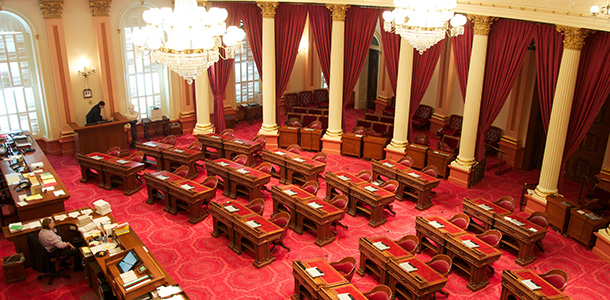
(Photo Credit: John Connell/Flickr)
Originally published in The Business Journals special supplement “CA Fwd: Fixing California – Then and Now“
For nearly a decade, California was swimming in red ink – even in boom years. Schools, roads and the economy were not going to get better if the budget was always late and never balanced. So CA Fwd convened fiscal experts from both parties and proposed a new budget process based on best practices for improving stability and results.
The Governor and the Legislature debated the proposal extensively, and over several years most of the elements have become law or practice.
“There’s no question California Forward helped create the space for these reforms to be pursued,” says Tim Gage, principal and co-founder, Blue Sky Consulting Group, and former state budget director. “CA Fwd played a significant role as a convener and helping to set the agenda for fiscal reform.”
Simple majority to pass state budget
In the 1990s and 2000s, state budgets were increasingly held up by partisan stalemates. Public agencies had to borrow money, annual planning was stymied and projects were put on hold. Teachers received early layoff notices and some community services were suspended.
CA Fwd called for lowering the vote threshold to pass a budget from two-thirds, which was hard to achieve in an increasingly partisan legislature, to a simple majority vote. Interest groups backed an initiative that made the change.
“Prop 25 certainly has provided more stability for local entities and school districts throughout the state,” says Gage.
Banking on comprehensive change
CA Fwd also advocated for multi-year planning and performance-based budgeting. Governor Brown vetoed a popular performance-based budgeting measure and instead directed changes in budgeting practices to encourage efficiencies and created a performance unit in the Department of Finance.
In addition, legislation was enacted requiring the annual budget to include five-year forecasts of expenditures and revenues.
“Multiyear forecasting may, in fact, be the best solution,” says Gage. “It encourages lawmakers to pay closer attention to the impact of legislation or proposals going forward.”
The Rainy Day Fund
CA Fwd also called for capturing “spikes” in revenue and establishing a robust budget reserve. Proposition 2, passed in 2014, does just that, and today the state has a significant reserve to cushion budget cuts in the next recession.
“If you’re looking for a leap forward or big change in terms of fiscal or political policy, it more often comes from an external agent – and CA Fwd was key to building a political commitment to establishing a healthy reserve,” says Ken Hall, a former state budget official.

